As far as trends in supply chains go, sustainability is by far one of the most discussed topics this year. Governments and businesses all over the globe have begun to realize the importance of sustainability initiatives, so that we can have an optimistic future moving forward. People now expect businesses to do their part in showing that they care about the environment. Donating to a charity means very little if the company’s method for delivering products to customers is showing reckless disregard for the environment.

When engaging in sustainable supply chain practices, you are not only able to meet consumers’ expectations of being an environmentally responsible firm, but you get to reap other benefits as well. You can make a positive impact on the environment while simultaneously saving money since environmentally friendly resources and processes are much more cost-effective in the long run.
Here are 6 ways that you can achieve a more sustainable and environmentally friendly supply chain:
Sustainable Packaging
Using green materials to package goods is one of the simplest ways a company can drastically improve supply chain sustainability. Materials that don’t deplete the world’s natural resources such as plant-based packaging (Cornstarch, mushroom, seaweed) and other forms of recycled packaging are all sustainable options. Cutting down on the amount of packaging used and taking part in sustainable packaging practices are great strategies as well.
Recycle
To achieve a sustainable supply chain, companies must make sure that they recycle all of the packaging materials that they use within their supply chain such as cardboard, paper, plastic, metal, glass (etc). Recycling can actually benefit businesses in the long-run because if every company chooses to recycle more, materials can be reused, which ultimately lowers manufacturing costs.
Avoid Paper
Reduce the use of paper within your supply chain since it can have adverse effects on the environment. If possible, try to aim for a paperless supply chain. When paper is produced more trees are cut down, more CO2 is emitted and more water is wasted.
Green Procurement/Sourcing
When a company procures its goods, it is essential that it purchases goods from suppliers that are producing in an ethical and environmentally friendly manner. It is up to procurement managers to do their due diligence in researching their suppliers to ensure that this is the case. There is a rise in consumers wanting to know more about where their products come from, especially in specific industries such as food and clothing.
Increase Lead Times
Simply increasing lead times through methods such as adopting a just-in-time inventory system can not only create a more efficient supply chain, but can help the environment in a multitude of ways. When inventory spends less time in the warehouse there are less opportunities for waste and less energy and resources used to store goods. Being able to transport goods quicker while using fuel-efficient vehicles also means less CO2 is emitted into the environment.
Set Goals
Moving from your current supply chain to a more sustainable one is not something that can easily happen overnight, but that shouldn’t deter you from making changes at all. Setting SMART goals is a practical way to make the transition towards an eco-friendly supply chain. Goals are also something that you can communicate to customers so they know that you are taking action.
We can help you find areas of improvement and increased sustainability within your supply chain.
Click below to talk to one of our experts!
